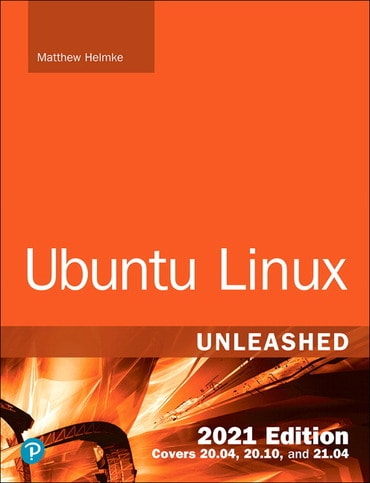Switch content of the page by the Role togglethe content would be changed according to the role
Ubuntu Linux Unleashed 2021 Edition, 14th edition
Published by Addison-Wesley Professional (August 14, 2020) © 2021
- Matthew Helmke
eTextbook
$55.19
$47.99
Need help? Get in touch

Digital Learning NOW
Extend your professional development and meet your students where they are with free weekly Digital Learning NOW webinars. Attend live, watch on-demand, or listen at your leisure to expand your teaching strategies. Earn digital professional development badges for attending a live session.

